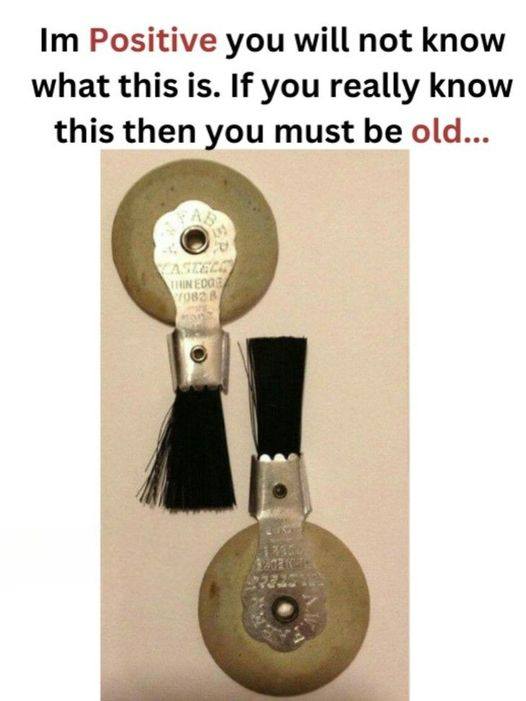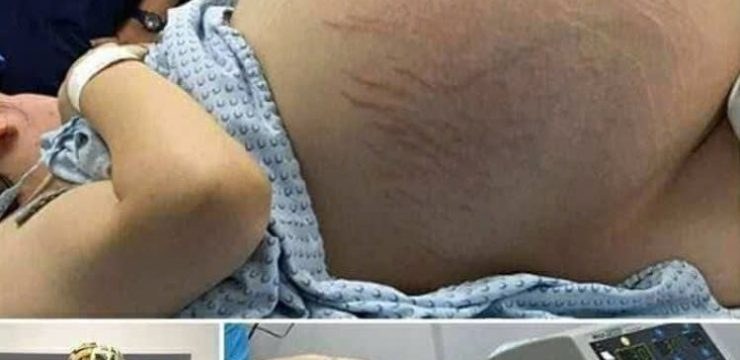In today’s digital age, where mistakes can be effortlessly corrected with a simple press of the “backspace” key, it’s easy to forget that there was a time when correcting an error on a document was not so straightforward. Before the advent of digital editing tools, typists relied on some unique tools to maintain the precision and neatness of their work—one of those essential tools was the typewriter eraser brush.

What Are Typewriter Eraser Brushes?
The circular objects in the picture you see are typewriter erasers, which came with a small brush attached. These erasers were typically made from soft materials like rubber and often infused with fine abrasive particles. This combination allowed typists to remove typewriter ribbon ink from paper without damaging it, providing a clean way to correct errors before the development of white-out products or the luxury of digital word processing.
The little brush attached to the eraser played an equally important role. After erasing a letter or word, the small brush was used to gently sweep away the eraser bits that remained on the paper. Without this step, the eraser residue could smear or leave unsightly marks, making the page look messy. During the heyday of typewriters, these eraser brushes were a necessary companion for maintaining clean and professional-looking documents.
A Snapshot in Time: When Eraser Brushes Were Essential
In the early to mid-20th century, typewriter eraser brushes were as essential to an office as correction fluid is today. Every secretary, writer, and typist had one on their desk, as mistakes were a natural part of typing. There were no delete keys or spell-check tools, so eraser brushes were the primary solution for dealing with typos without having to start over completely.
Carbon paper was often used to create duplicates while typing, which meant that a mistake could affect multiple copies of a document at once. The eraser brushes were gentle enough that they wouldn’t rip through the thin carbon copy pages but were effective in removing errors across all the copies. They provided a practical way to correct mistakes without having to retype entire sections—an especially critical tool when deadlines were tight, and efficiency mattered.
The Decline of the Typewriter Era
As technology evolved, so did the methods for correcting mistakes. The invention of white-out and, eventually, the rise of word processors rendered typewriters—and their corresponding tools—obsolete. The typewriter eraser brushes, once an essential part of a typist’s toolkit, gradually fell out of use as digital editing made corrections instant and effortless.
The arrival of personal computers in the 1980s and 1990s was the final nail in the coffin for typewriters. Typists no longer needed to worry about carefully erasing errors by hand; instead, they could make corrections at the click of a button. The efficiency and convenience of digital text editing meant that tools like the typewriter eraser brush were quickly relegated to history.
For those who grew up in the typewriter era, seeing one of these eraser brushes today is a powerful reminder of just how far we have come in terms of technology. Correcting a typo used to be a process involving erasers, brushes, and careful precision. Now, with a simple tap of a keyboard, we can undo our mistakes instantly.
A Niche Collectible
In today’s digital-first world, typewriter eraser brushes are no longer practical, but they have found a second life as collectibles. Vintage enthusiasts, fans of retro office supplies, and people with a love of history seek out these old tools as reminders of a bygone era. The eraser brushes represent the ingenuity of the past—a time when even small errors required thoughtful solutions.
Though they may look out of place on a modern desk surrounded by computers, tablets, and smartphones, these eraser brushes are valued by collectors for their nostalgic charm and their unique place in history. They symbolize the evolution of office work, from manual typing to the fast, seamless productivity of today.
Owning a typewriter eraser brush is like holding a piece of history—a reminder of the care and craftsmanship that went into every typed letter, the patience required to produce a perfect document, and the creative ways that people solved the challenges of their time. These brushes, though no longer used for their original purpose, serve as a testament to human adaptability and the evolution of technology.
Conclusion: From Essential to Obsolete
For those who have never used a typewriter, typewriter eraser brushes may seem like a relic from an ancient past—strange and obsolete. But for those who lived through the era of clacking typewriter keys, these brushes bring back memories of a very different kind of office environment. They evoke the rhythmic sound of keys striking paper, the satisfying ding of the typewriter carriage return, and the presence of the ever-ready eraser brush nearby.
The world of typing has undergone a massive transformation since then. What was once a laborious process that required patience and precision is now done effortlessly with the help of advanced technology. Typewriter eraser brushes may have faded into obscurity, but they remind us of a time when the art of typing required more than just skill; it demanded careful attention to detail and the right tools to fix inevitable mistakes.
As technology continues to evolve, many tools that were once indispensable become obsolete, but they never truly disappear from our memories. Typewriter eraser brushes have moved from being essential to being cherished as artifacts of a different era, showcasing the journey of writing technology and the resilience of human creativity. Times have certainly changed, and with them, our tools have too—but the legacy of these once-vital instruments lives on.





